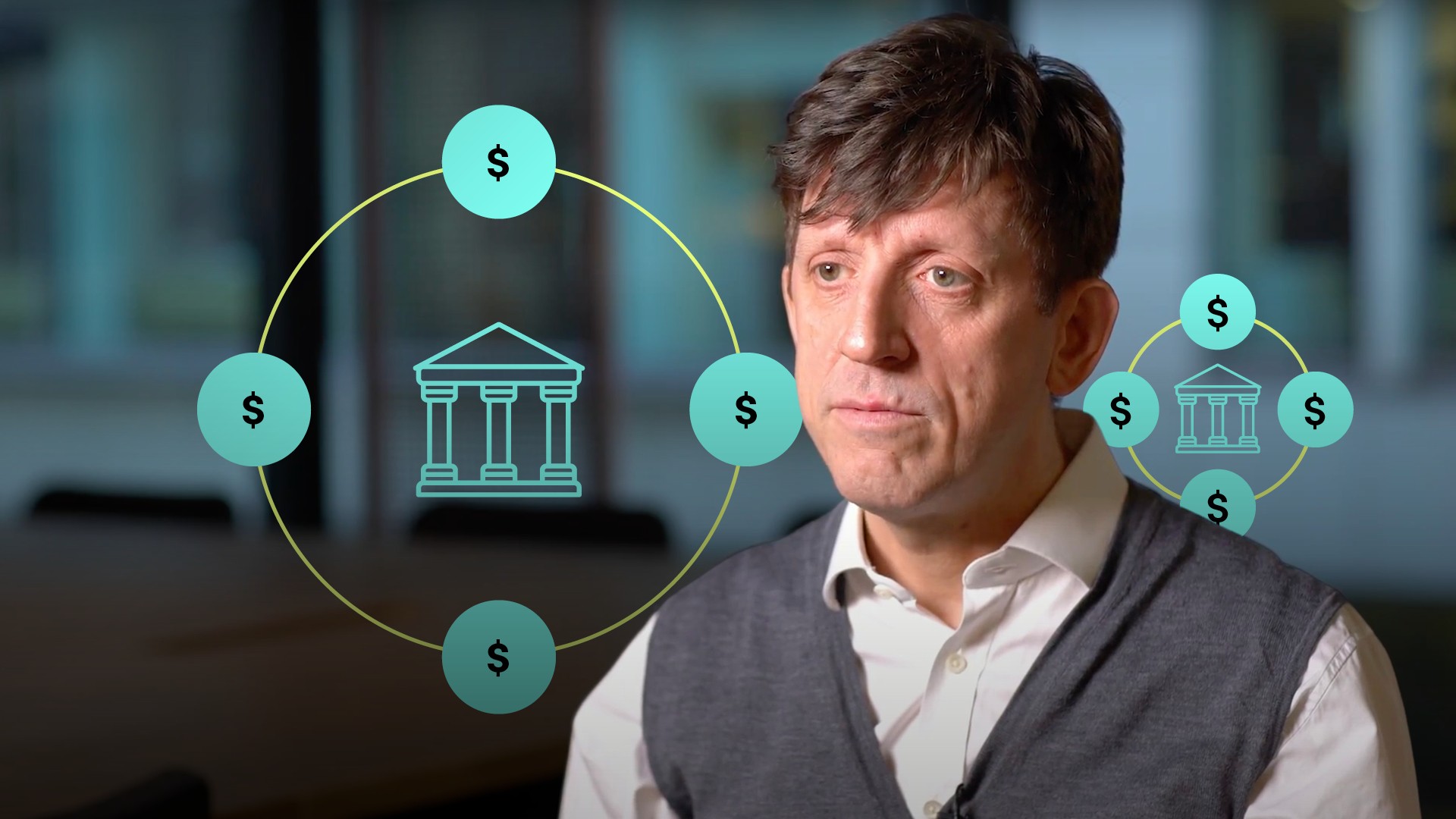
Money Market Investments

Lindsey Matthews
30 years: Risk management & derivatives trading
Lindsey continues his series by explaining money market funds. He covers some of the risks involved in investing in a money market fund and some of the aspects investors consider when assessing these risks.
Lindsey continues his series by explaining money market funds. He covers some of the risks involved in investing in a money market fund and some of the aspects investors consider when assessing these risks.

Money Market Investments
13 mins 6 secs
Money market funds compete with savings accounts by investing in high-quality, low-risk, short-term investments, aiming to maintain the value at or above 100% of the starting value and paying out a steady stream of income.
Key learning objectives:
Understand how the changes in rates affect the value of a deposit and how is the mark-to-market loss calculated
Describe the WAM
How do changes in rates affect the value of a deposit and how is the mark-to-market loss calculated?
Money market funds compete with savings accounts (without the benefit of deposit protection) by investing in high-quality, low-risk, short-term investments. It aims to maintain the value at or above 100% of its starting value and pay out a steady stream of income. A money market fund might invest in a deposit e.g. investing $100 for one year at 4% fixed rate to receive $104 in a year. But if the one-year interest rate rises to 5%, this will need to be reflected in the mark-to-market value of the deposit by discounting future cashflows. If the one-year rate has risen to 5%, a $100 one-year deposit would return $105, so $104 in one year is worth 104 ÷ 1.05 = 99. 05 today. The mark-to-market on the $100 deposit is $0.95 (0.95% of the face amount).What is the WAM?
WAM, the weighted average maturity, is a key money-market metric. The WAM for a money market fund, measured in days, measures how much the value of a fund changes given a change in interest rates. The greater the WAM, the longer the cashflows are fixed for, on average, and the greater the sensitivity to rates. At a given point, the WAM of a fund might be 56 days. Assuming the portfolio is untouched; a month later, the WAM may have reduced to about 25 days. As time has passed, the underlying instruments have approached maturity, reducing the remaining time for which cashflows are fixed so interest-rate sensitivity has reduced. If rates fall, the gain in the value of the portfolio will be less as instruments will mature and roll off sooner than expected.
Lindsey Matthews
There are no available videos from "Lindsey Matthews"

